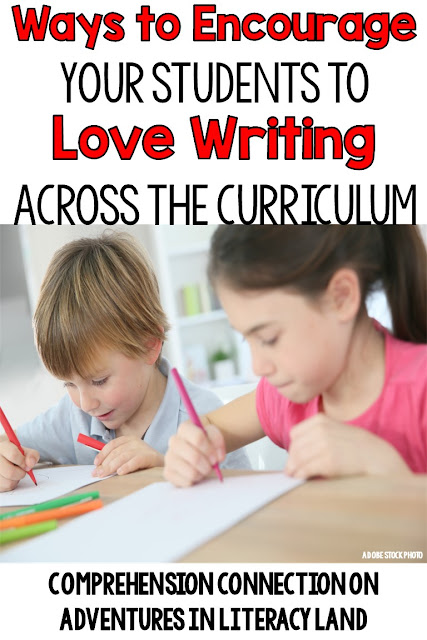But as I gained more teaching experience, worked with more and more struggling readers, observed others, had many professional conversations, my outlook changed. I realized that when using nonsense word assessments, I can analyze how that particular student is decoding. I started to see that these nonsense words are inside larger words and if they can read these nonsense words, it is going to help them read the multi syllabic words.
I have to admit, this was an important step in my teaching. FINALLY! There is a purpose! I understood how these nonsense words related to my teaching. But that led to another question....how can I make these nonsense words more meaningful to my students? After some brainstorming sessions, my teaching-mate and I came up with some ways!
Analyzing how a particular student is decoding during a nonsense word progress monitoring helps me to determine how I need to change my interventions.
Here are some examples:
- student can say all three sounds but can not blend them together
- student can say all three sounds but the first sound is left out when blended together
- student can say the three sounds but when blending, vowel sound is incorrect
- student consistently says certain sounds incorrectly
- student can successfully blend all three sounds but it is very slow
- student can successfully say the nonsense words quickly and accurately
Once the assessment is complete, the student and I have a quick conversation about what we can work on. Here are some things that have come from those conversations:
- For one student this year, we noticed that he was getting confused on the letters b and d. He was using a resource on the wall but needed a quicker reference. So we put a post-it in front of him at the guided reading table with the letters "Bb Dd" on it. After a few weeks, the student no longer needed this resource.
- Another student could say the three sounds but could not accurately put those together. So we discussed this and came up with some strategies to help her. I noticed her using these strategies when she was reading words in isolation and in text. YES!
It is really important for our students to realize that nonsense words are found in multi syllabic or "bigger" words. My teaching partner made these cards to help show our students the nonsense words inside the "bigger" word. (I posted more about it HERE)
I also created some sheets to help them look for the nonsense words or "smaller" parts. They will get the highlighted sheet first so that the nonsense words stand out to their little eyes quickly. Then I can take this intervention away so they can see those parts on their own.
I also realized that my students needed to understand that these nonsense words or "smaller" parts can belong in more than just one word. Some of them would read the first part of the word and shout out what they thought it was, such as "comic" even though it was the word "comet." They were not looking through the whole word.
Because of this I made up more cards (like the ones above) that had several of the same nonsense words embedded in them. This forced them to look through the whole word. Here are some examples of those words:
Establishing purpose for the lessons, games, and assessments that we do in the classroom has a strong impact on our students. It helps them to take more ownership over their own learning. Thankfully, I discovered the purpose in nonsense words and could make my lessons and assessments more meaningful for my students.
If you would like to use these nonsense word sheets, please click on the image below.













.jpg)


























